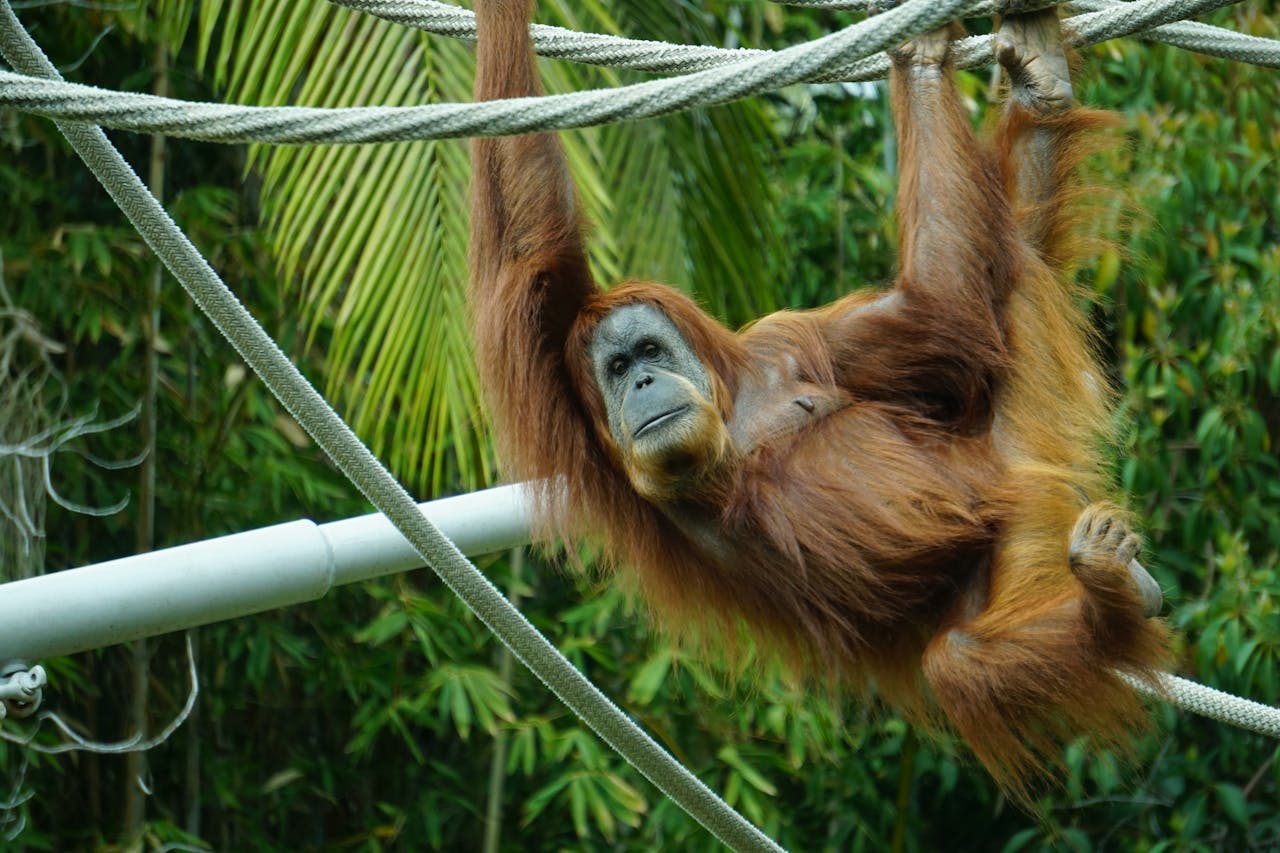Nestled in the Malaysian state of Sabah on the island of Borneo, the Sepilok Orangutan Rehabilitation Centre offers a vital lifeline to one of the world’s most endangered primates. This sanctuary provides a safe haven for orphaned, injured, and rescued orangutans, with the ultimate goal of returning them to their natural habitat in the wild. This post explores the centre’s history, its rehabilitation process, and how you can support its important conservation work.
A History of Hope
The Sepilok Orangutan Rehabilitation Centre was established in 1964 within the Kabili-Sepilok Forest Reserve. Its creation was a direct response to the increasing number of young orangutans left orphaned due to deforestation and illegal poaching. Founded by Barbara Harrisson, an English conservationist, the centre was the first of its kind dedicated to rehabilitating these intelligent apes. From its early days, the mission has been clear: to provide care and training so that these animals can one day live independently in the forest.
The Journey Back to the Wild
The rehabilitation process at Sepilok is a carefully structured journey. It begins with a thorough health check and quarantine period to address any medical issues. Young orangutans, much like human children, need to learn essential survival skills. At the centre’s “nursery,” younger apes learn from older, more experienced orangutans. They are taught how to climb trees, build nests for sleeping, and find food in the forest. This social integration is a critical part of their development, allowing them to build the confidence and skills needed for a life in the wild. As they grow more independent, they are moved to the “outdoor nursery,” where they have more freedom to explore the forest reserve under the watchful eyes of the staff.
A Day in the Life at Sepilok
A typical day for the orangutans at Sepilok is a blend of structured care and semi-wild living. The centre operates two public feeding times, once in the morning and again in the afternoon. These feedings are supplementary, designed to support the orangutans who have not yet mastered the art of foraging for themselves. Platforms are stocked with milk and fruit, giving visitors a chance to see the apes emerge from the surrounding forest. Between feedings, the orangutans spend their time climbing, playing, and interacting, all of which are essential behaviours for their development.
A Crucial Role in Conservation
The work at Sepilok extends beyond individual rehabilitation. The centre plays a significant role in broader orangutan conservation efforts. By educating the public and raising awareness about the threats facing these animals, Sepilok helps to foster a greater sense of responsibility for protecting their habitats. The centre also collaborates with other conservation organisations and government bodies to combat deforestation and the illegal pet trade. These efforts are fundamental to securing a future for wild orangutan populations.
Visiting the Centre
If you plan to visit, the Sepilok Orangutan Rehabilitation Centre is open daily. There are morning and afternoon viewing sessions aligned with the feeding times, which offer the best opportunities to see the orangutans. An entrance fee is required, and these funds directly support the centre’s operational costs. Visitors can walk along boardwalks through the forest to the viewing platforms. While sightings are common, they are not guaranteed, as the orangutans are free to roam the large reserve. The experience provides a powerful insight into the challenges of conservation and the gentle nature of these incredible animals.
A Call for Support
The Sepilok Orangutan Rehabilitation Centre stands as a testament to the positive impact of dedicated conservation work. It offers more than just care; it offers a second chance at life for one of our closest relatives. By supporting the centre through visits or donations, you contribute directly to the survival of the orangutan and the preservation of Borneo’s rich biodiversity.

